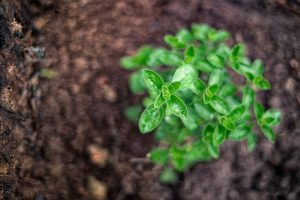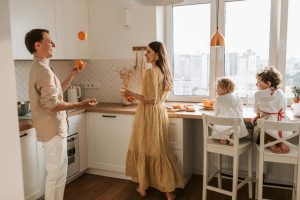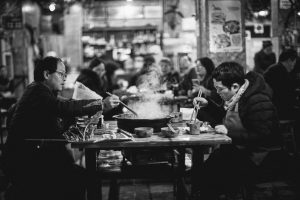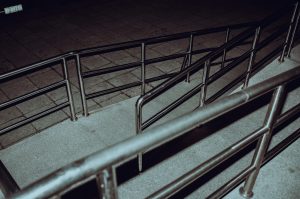Kitchen Color Psychology: How Paint Choices Affect Appetite
Kitchens are the heart of the home, and the design choices you make in this space can impact not only the look and feel of your kitchen, but also your appetite. Beyond the obvious elements like furniture and appliances, one major factor in kitchen design is the choice of paint color. Yes, that’s right, the color of your kitchen walls can actually have an effect on how hungry or full you feel. So, if you’re looking to whip up some healthy appetite-inducing dishes or create a relaxed atmosphere for your next family meal, it’s important to understand the psychology behind kitchen paint choices and how they can affect your appetite.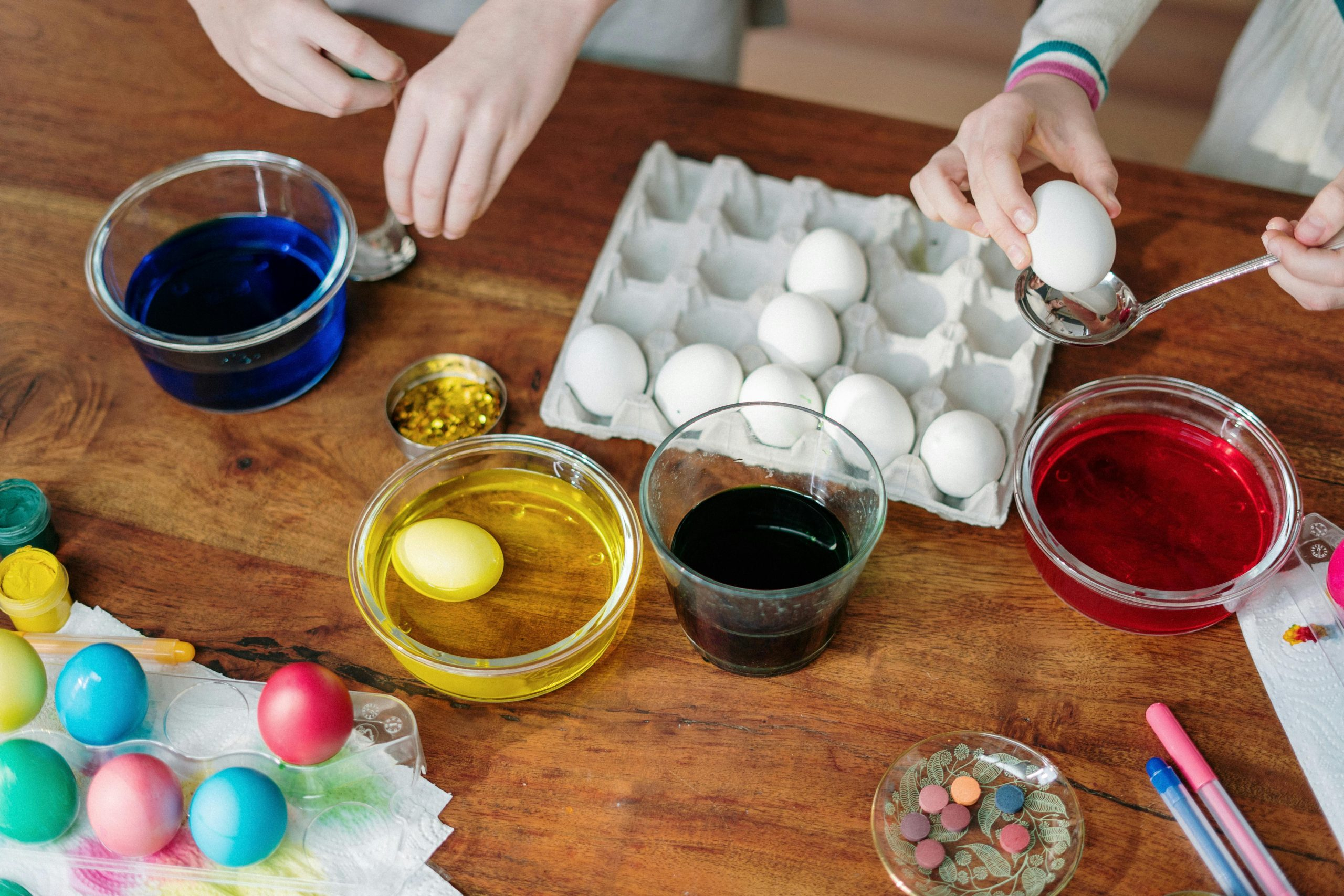
The Basics of Kitchen Color Psychology
Before we dive into how paint choices affect appetite, it’s important to first understand the basics of color psychology. Colors have the ability to evoke certain emotions and even stimulate bodily responses, like hunger. This is because each color has its own unique wavelength and energy that can impact a person’s mood and behavior. So, when choosing a paint color for your kitchen, it’s important to consider how each color can influence your appetite and overall eating experience.
Hues of Red and Orange: The Hunger Stimulators
Red and orange are known as the “appetizing” colors. These warm shades are associated with food and can stimulate the appetite, making them great choices for a kitchen. Both colors have been shown to increase heart rate and blood flow, which in turn can make you feel more alert and hungry. However, it’s important to use these colors in moderation as too much can be overwhelming and lead to a loss of appetite.
Cool Blues and Greens: The Appetite Suppressors
Cooler colors like blue and green have the opposite effect on appetite. These colors are known to have a calming and relaxing effect on the mind and can even reduce feelings of hunger. In fact, many weight loss programs utilize blue and green in their branding and packaging to help suppress cravings. For this reason, these colors may not be the best choice for the main walls of your kitchen, but can be incorporated through accessories and accents to create a welcoming and peaceful dining experience.
Specific Paint Choices for Appetite Stimulation
Now that we understand the basics of color psychology, let’s take a look at specific paint choices that can stimulate appetite in your kitchen.
Warm and Bold Red:
Incorporating shades of red into your kitchen can create a bold and appetizing impact. However, it’s important to balance this color with other neutrals and whites to avoid feeling overwhelmed. A warm red accent wall or red accessories, like kitchen towels or a pot rack, can add the desired appetite-inducing effect without being too overpowering.
Sunshine Yellow:
Yellow is a happy and cheerful color that can enhance the dining experience. It has been shown to increase metabolism and energy levels, which can help stimulate hunger. A light and bright shade of yellow on the walls or even in the form of a backsplash can bring a refreshing and inviting feel to the kitchen.
Proper Use of Cool Colors for Appetite Suppression
While cool colors may not be the first choice for an appetite-inducing kitchen, they can still be incorporated in a strategic way to help suppress cravings and overeating.
Soothing Blues:
Blue is a calming and serene color that can reduce stress and promote relaxation. This is especially beneficial for those looking to maintain a healthy and balanced diet. Using a soft blue on the walls or incorporating this color through accents, like curtains or table linens, can create a tranquil and peaceful environment for enjoying meals without the temptation to overeat.
Natural Greens:
Green is a color that is often associated with health and wellness, making it a great choice for the kitchen. This earthy hue can help you stay mindful of your food choices and avoid overindulging. Shades of green can be incorporated through fresh plants, herbs, and even a natural green backsplash to create a refreshing and healthy atmosphere in your kitchen.
In Conclusion
The color of your kitchen can have a subtle yet powerful effect on your appetite. By understanding color psychology and using it to your advantage, you can create a space that not only looks beautiful, but also enhances your overall dining experience. From warm and bold shades that can stimulate hunger to serene and calming colors that can reduce cravings, you now have the knowledge to make paint choices that will help you achieve your desired effects in the kitchen. So, when planning your next kitchen renovation, don’t forget to consider the impact of color on your appetite.


